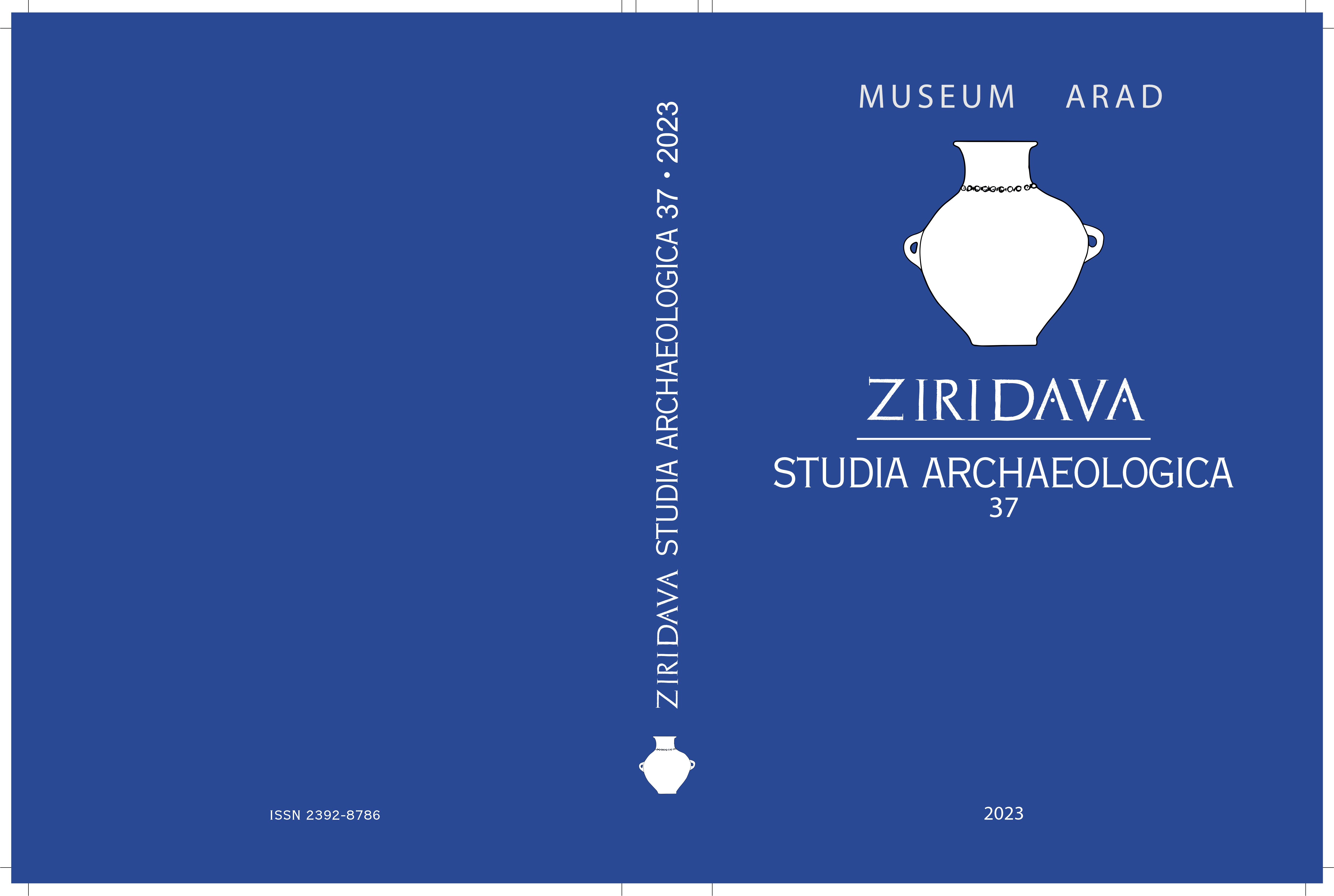Archaeozoological research in the civil settlement
of Legion XIII Gemina of Apulum
(St. Francis of Paola Ravelin, Alba Iulia, Alba County)
Archaeozoological research in the civil settlement
of Legion XIII Gemina of Apulum
(St. Francis of Paola Ravelin, Alba Iulia, Alba County)
Author(s): Georgeta El Susi, Anca TimofanSubject(s): Archaeology
Published by: Editura Mega Print SRL
Keywords: Alba Iulia; Roman civilian settlement; faunal remains; animal husbandry; hunting; age profiles;
Summary/Abstract: The faunal remains were collected in 2009 and 2010 while conducting an archaeological excavation in the southeast corner of legion XIII Gemina civilian settlement at Apulum (Alba Iulia, Alba County, Romania). The 840 animal bones were gathered from two buildings, the sector of a street that runs alongside two Roman structures and from an annex used for household activities. The sample, like other findings is dated between late 2nd century AD and first half of the 3rd century AD, with a final period of habitation after the first half of the 3rd century AD. As NISP, cattle prevail with 642 bones (78.39%), followed by pigs with 104 remains (12.7%) and sheep/goats with 56 (6.84%). Five pieces originate from horse (0.61%), one from donkey (0.12%), and two from dog (0.24%). Four fragments (0.49%) are derived from chicken. Cattle also have the highest MNI (54.72%), followed by pigs (19.81%), ovicaprids (15.09%), horses (2.83%), poultry (2.83%), and canids (0.94%). The wild species represent only 2.83%. The annex was also used for processing animal carcasses, in addition to other domestic tasks, according to the Chi2-test used to analyse the distribution of the bones by body parts. 50% of the cattle used for the camp’s supply were immature (less than 3.5-4 years old), with a small quota of animals under one year old. Others were culled at various stages, 32% as adults and 18% as mature/senile. Given the relatively small proportion of specimens slaughtered during the period of maximum economic efficiency (roughly one-third of the stock), we have a mixed economy focused on meat and dairy. Slaughtering of pigs begins at 16 months, with peaks at 18-20, 22-24 and 24-36 months. As a result, suckling piglets did not appear frequently on camp menus (soldiers), or if they did, they were in limited numbers. Animals that reached their optimal weight (between 1.5 and 2 years) prevailed. A third of sheep appear to have been slaughtered in their youth and sub-adult stages (for meat), with the majority kept for milk and wool. Approximately 57% of goats were slaughtered between the ages of 1-3 years (for meat), with fewer animals exploited for longer periods of time. The metric data indicate small and gracile specimens assigned to local, unimproved types.
Journal: Ziridava. Studia Archaeologica
- Issue Year: 37/2023
- Issue No: 1
- Page Range: 87-118
- Page Count: 31
- Language: English

